The Giant Cultural Parasite, Part 3
The big picture: The systems that drive our culture and determine our lives are out of control and seem to have their own agendas.
Where we’re at:
In part 1, we considered how natural laws create patterns, like how water moves under pressure from a stone, and we saw how forces like gravity and momentum create repeating cycles of movement—oscillations—that create patterns like waves.
In this part (2), I’m going to talk about a specific type of pattern called a replicator, which is the basis for all life on earth, and most likely throughout the universe. Replicators are also the basic unit of all memetics, so we’ll get a lot of bang for our buck.
In part 3 and onward, we’ll talk about how replicators took over the world, how competition for resources led to greater complexity and “goals”, and how the world of ideas, consciousness, and systems emerged. Then we’ll talk about why systems have their own goals, based in the same competition for resources that engages individuals and species, and how we might be able to use this understanding—in a bit of inverted logic—in order to shape the systems to our own ends.
Let’s return to water, but this time, let’s watch it flow.
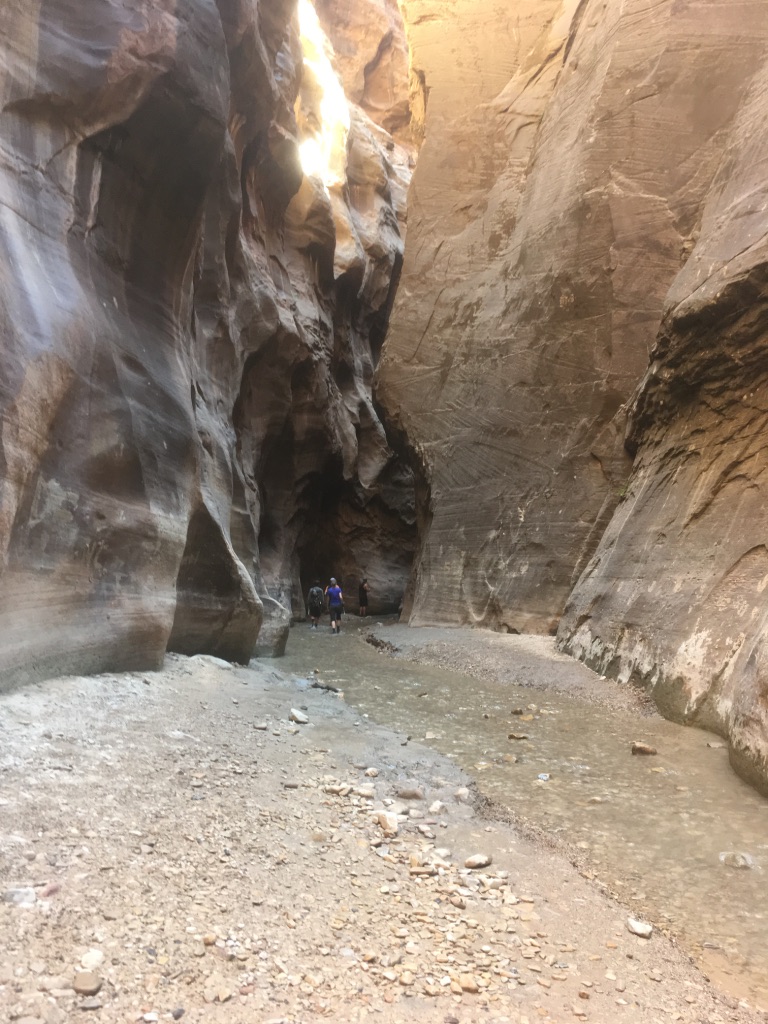
Imagine a canyon somewhere on the ancient landscape of the Colorado Plateau. Perhaps it’s the majestic Narrows in Zion National Park, or the colorful Grand Canyon in northern Arizona. Maybe it’s an unnamed slot canyon somewhere in Utah’s Maze district. The water snakes sinuously through a deep gorge, sliding along canyon walls, burbling over cobblestones and rapids, spilling over waterfalls.
The question is, did the water come here because it’s the low point? Or is it a low point because water passed through here?
The obvious answer is that both things are true. The channel draws the water, and the water scours and deepens the channel.
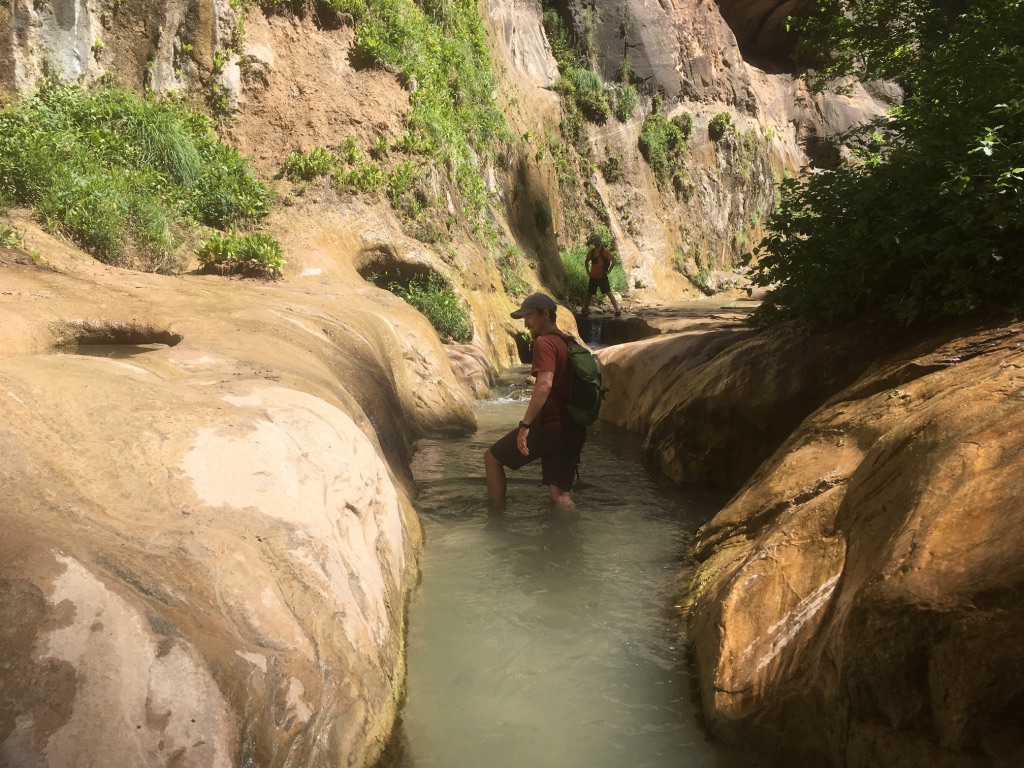
Water running through a canyon is one example of how objects and patterns in the natural world begin to shape each other into predictable patterns. As we’ll see later, this is a part of how culture functions, too.
The way that phenomena shape and are shaped by the world around them leads to some interesting results. Now let’s turn our attention salt crystals.
When Sodium (Na) and Chlorine (Cl) come together, they create an ion bond. The Sodium has a loose electron floating around, and the Chlorine is one electron short of a full set, so the Chlorine “steals” the Sodium’s extra electron, binding the two elements together. The first NaCl molecules to form create a template on which other NaCl molecules can organize themselves, much like a pre-existing canyon provides a place for rain to collect and flow. As the molecules begin to collect on this template, they self-organize into a latticework that we call crystals. The initial template provided by the first NaCl molecules are an example of a self-replicating pattern, a stencil that makes more stencils.
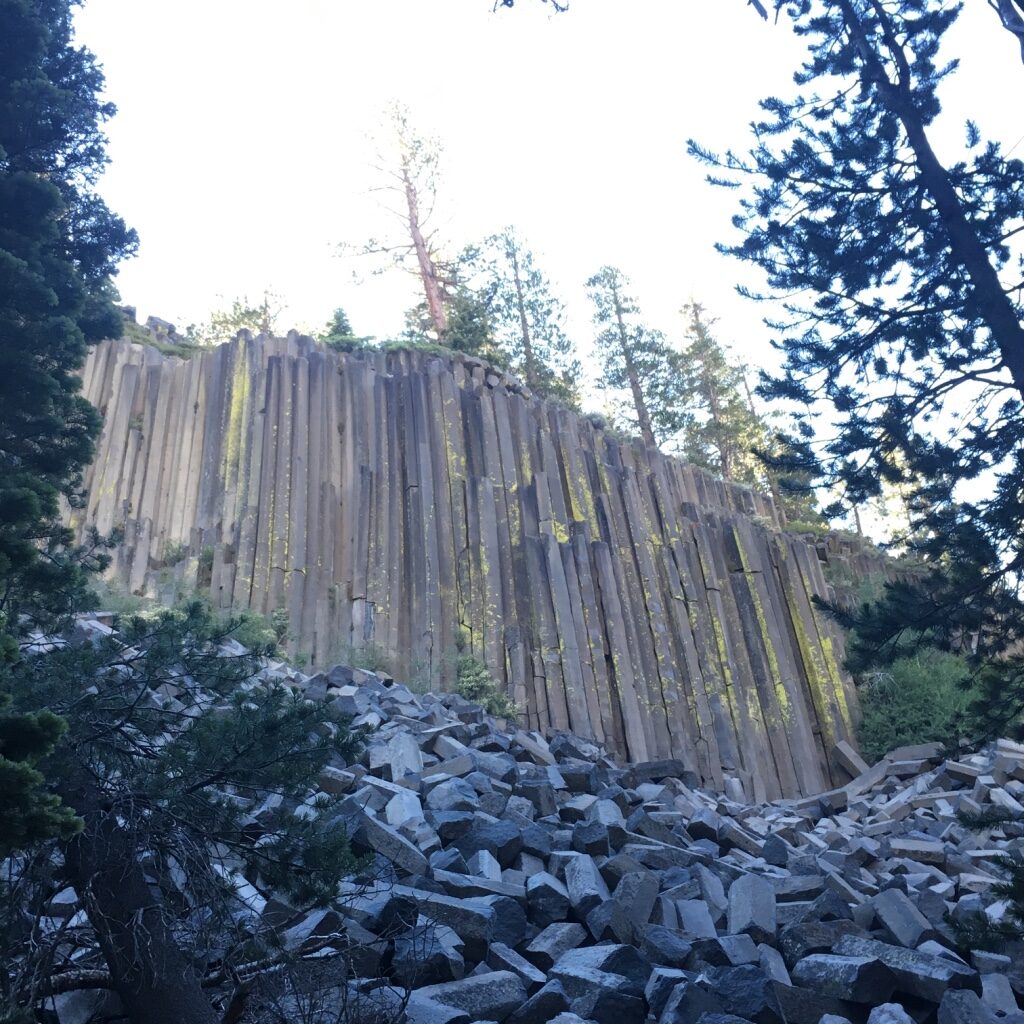
Back to our canyon. As water flows into the canyon and makes it deeper, side canyons begin to open up, directing more water into the canyon. In a world in which the ground was level and made up of exactly the same soil composition, those canyons would be exact copies (though smaller) of the larger canyon. The imperfections caused by differences in the soil have an analogue in the imperfections of crystals—variations are the results of external objects and forces in the environment. The same will be true of genetic and memetic replicators.
These self-replicating patterns appear all over the abiotic (non-living) world. The next step is to see how they became complex enough to become what we consider life. It’s a pretty technical explanation, and I’m not going to get into it here, but if you’re interested I’d direct you to look into autocatalytic reactions and reaction complexes.
The important part is this: when a replicator copies itself, the new copy takes additional resources. A copy of an NaCl molecule requires Sodium and Chlorine. A side canyon takes up space (and grabs water from a larger area). In a limited area, there will be a limited amount of resources, and certain replicators will assemble resources more easily than others. It is under such conditions that we can begin to refer to the idea of competition. We’ll talk more about that in part 4, but first (in part 3), we need to talk about how and why replicators took over the world.
Later, when I make the case that our political, judicial, economic, religious, and other cultural systems are complex replicators competing for resources (like power, humans, and mental space), we’ll be able to draw parallels back to the way that salt crystals form in a structurally organized way and how they co-opt resources without any conscious awareness or intent, but still with a clear direction.
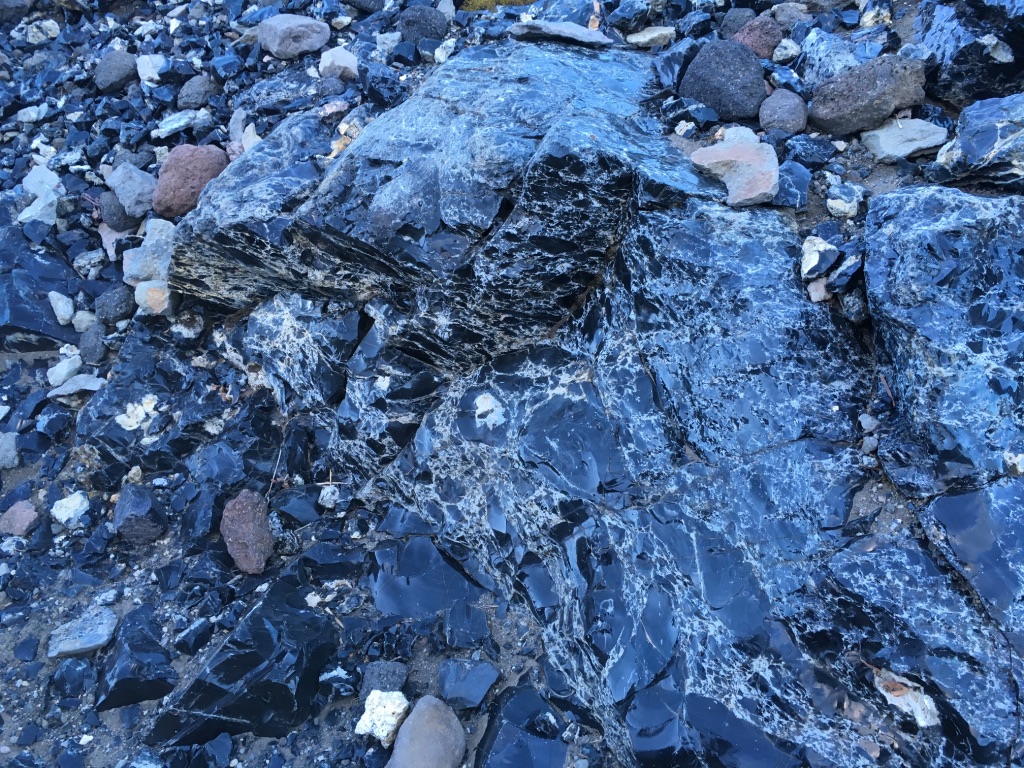
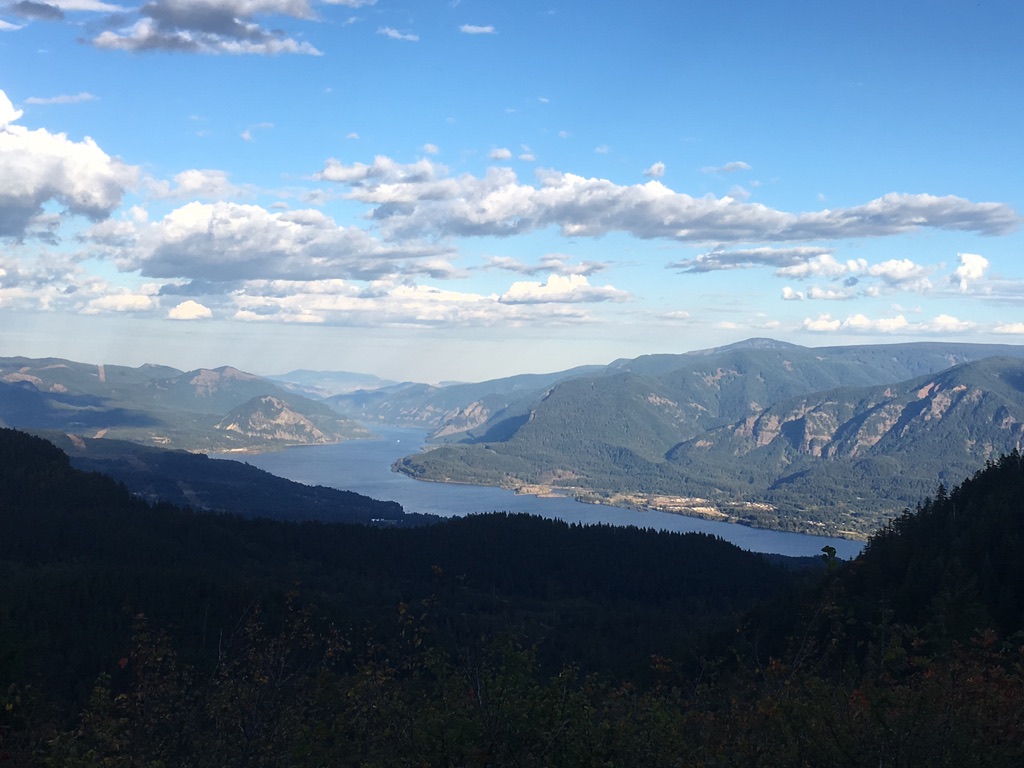
1 thought on “Replicators”